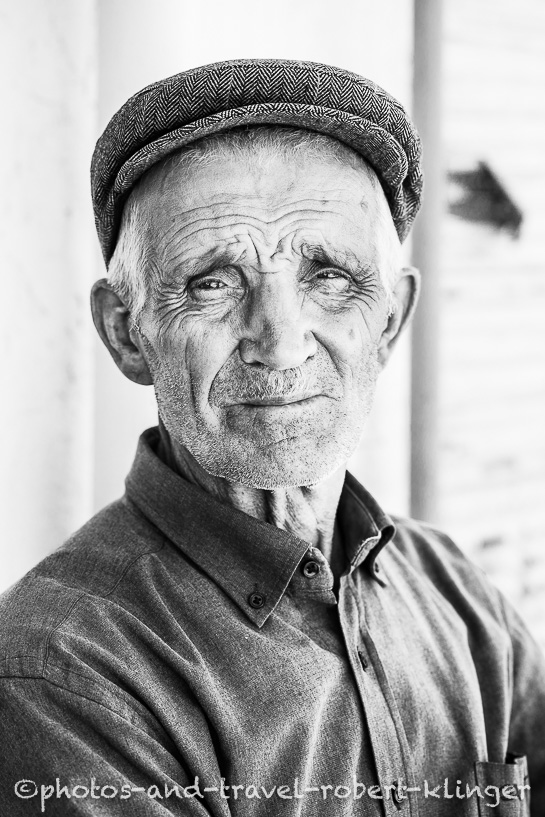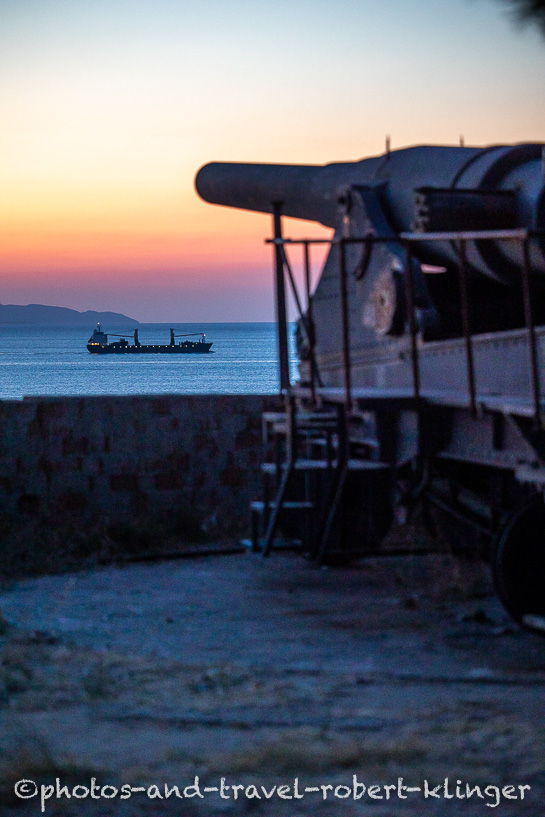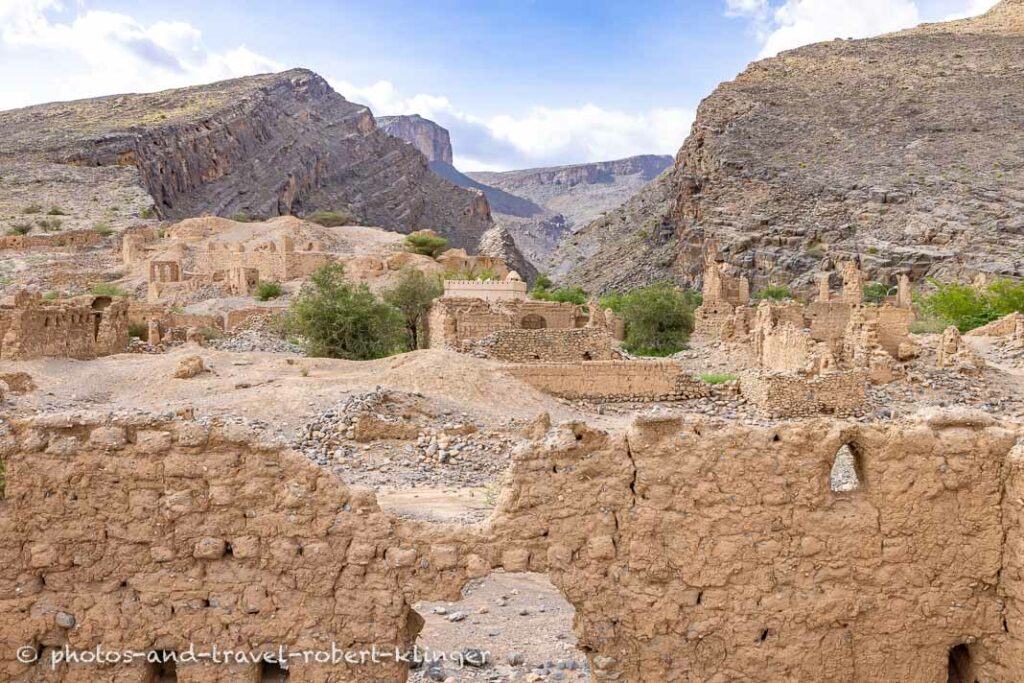In the middle of August 2021 I arrived in North-West Turkey by crossing the border from Greece.

I arrived with a friend in Turkey on a Sunday and most shops were closed. Fuel prices were way cheaper than in Greece and my tank was almost empty. I could not change money and it was impossible to buy a sim card for mobile internet. Hence, we camped at an average sized lake very close to the city of Kesan in the Thrace district.

One of the first encounters in Turkey was a flock of goats lead by a donkey, coming to this small lake for water.


Next morning we were driving to Kesan to change money and get mobile internet and I met more Turkish people, showing me the huge Turkish kindliness and hospitality by invitations for tea and a friendly conversation, which consisted of smiling and a kind of sign language.
The next stop was a beautiful location at the Bay of Saros in the Aegean Sea.
Approximately 300 km south-west of Istanbul is the Gallipoli Peninsula, which used to consist of many battle fields during WW I. In 1915 more than 100 000 soldiers from Turkey, New Zealand, Australia, India, England and France died after fighting for the Straights of Cannacale, the Dardanelles.
Today, the Gallipoli Peninsula is protected area and still alive in Turkish and foreign memories, with the consequence of tens of thousands of visitors from Turkey and overseas to these former battlefields as very important places of their national narratives.
More impressions of the Gallipoli Peninsula
After crossing the Straights of Cannacale by ferry and driving further south I arrived in Troy, which is more a testament to the importance of myth of our human experience. Troy is not the most dramatic historic sites in Turkey, as it is not a rebuilt ancient city along the lines of Ephesus. But the ruins of Troy are worth a visit.




























































